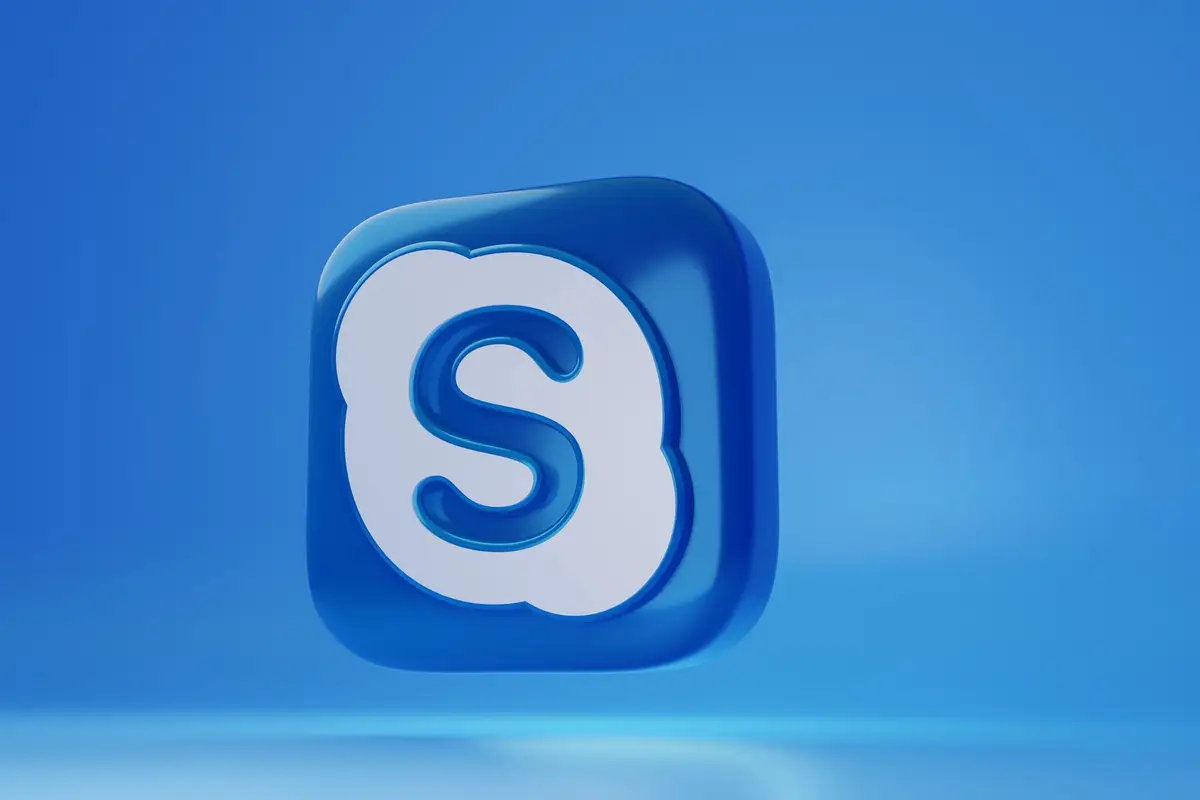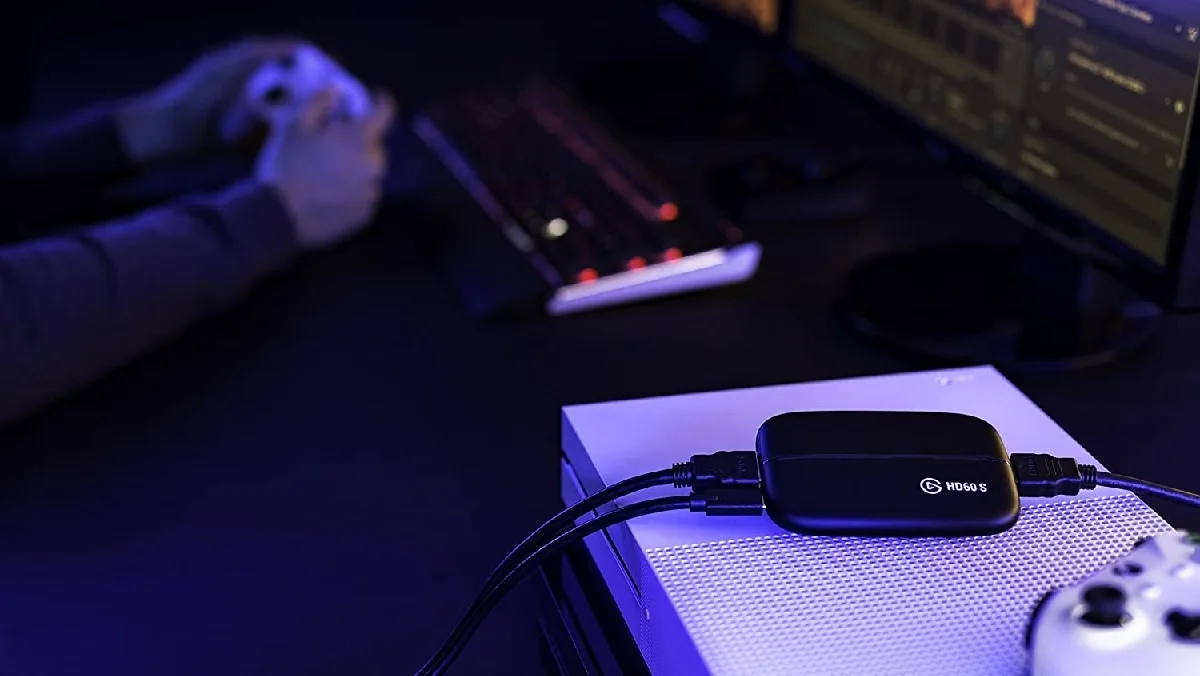10 Tips for Android OS to Limit Data Usage
How to restrict data use or limit data usage while Internet access is day by day becoming one of the most sought services in our society. As a result of this, the vast majority of cellular service providers have raised the prices of their mobile data plans. You’ll never be able to get an unlimited data plan with the way things are right now. That implies you have to be careful while spending every Megabyte of data. This is going to be challenging if you have a data plan of 1GB or 2GB each month. However, wouldn’t it be wonderful if you could save money by restricting your Android phone’s data usage?
How to Limit Data Usage
If you respond YES, you are at the correct spot. When it comes to your day-to-day electronic life, there are several strategies to keep your data consumption under check. You’ll be able to use the same quantity of data for a longer period if you follow these tips. If you just have a 1-month pack, you may still utilise it for the entire month. To make things easier, we offer a handpicked collection of ideas that might help you decrease Android OS consuming data resources.
In this article, we’ll cover ten strategies for reducing the amount of data collected. When combined, these would undoubtedly help you reduce your data use statistics. Let’s get this party started!
10 Tips to Limit Data Usage on Android
Every Android smartphone runs differently, according to the usage patterns. Your data cost will be high if, for example, some apps use a lot of data. There are probably a lot of “data eaters” on the Play Store as well. So, it is strongly advisable to have a look at the applications list before you begin. And, if you suspect there are some unlabelled data consumption going on, you may detect the existence of malware on your phone. On the other hand, if the situation is under control, you can proceed with the data backup as planned.
1) Go Offline – As Much As You Can
This may seem strange at first, but it is the most common way that Android users reduce their data use. There are various circumstances when we can go offline. An offline mode is an option if you find yourself in a position like this.
Take, for example, the transfer of data. Suppose you are sitting with your buddies and wish to transmit a music recording to them. Offline options like ShareIt and Xender can be used instead of WhatsApp or Messenger to send the file. When compared to web-based techniques, these are speedier and more convenient. We have witnessed folks preferring WhatsApp over offline, merely because they are used to the earlier one. This tendency can be reversed if you wish to minimise data use.
A similar case is there when it comes to Games. You may miss the joy of group gaming, but there are several amazing offline Android games to kill your time. You may download these games utilising a Wi-Fi connection and enjoy without the anxiety of data fees. When you are seated with the group, though, you may attempt titles that enable Wi-Fi-based multi-player gaming.
In a nutshell, make every effort to be unplugged whenever feasible. We are not talking about mobile data abstinence, but rather a healthy digital diet.
2) Find and Remove Data-Eating Apps
You would query how to restrict data use by deleting such apps? As we stated, numerous programmes download unneeded files and waste your data resources! We settled on the name “Facebook” since it seemed catchy. Just turn on your mobile data connection and launch Facebook App for Android. You will be greatly astonished to see the utilisation statistics in the end. Other applications, such as those that handle data in the background, may exist in addition to Facebook. So, if at all feasible, locate and uninstall these programmes.
We have better options than Facebook in this scenario. To begin, you may access Facebook through the Chrome web browser. If it does not work, you might try other Facebook applications like Facebook Lite. Third-party apps are also available if you’re interested. Personally speaking, the deactivation of the Facebook app has helped me minimise data consumption and to reduce battery drain.
Almost every Android smartphone keeps track of how much data is used each month. Go there, discover the perpetrators and delete them if you do not need such programmes.
3) Synchronization and Background Data
Yes, you heard us right. Without your knowledge, Sync is running in the background on your Android smartphone. It doesn’t matter if you are playing a game or watching a movie, Sync will be happening on the device. Data like Contacts, Gmail, Play Books, and Newsstand, as well as other Google apps, are synchronised via Sync. In this manner, all of your Android devices’ contacts may be accessed.
But, from the data use point of view, this may be a tremendous villain. You can’t determine the true quantity of sync data till the full syncing procedure is done. This is why you should disable Background Syncing on your phone in these scenarios. At the least, you can exclude unneeded areas from the sync list. After the month, we’ll observe a significant drop in data use.
Background Data can be treated in the same way. In this situation, practically all Android applications currently have background data going on. You can deactivate these background operations to conserve data. You have to go to Data Usage in Settings and enable ‘Restrict Background Data’ to carry on. Overall, this might have a significant effect.
Also Read: What are Data Caching and the types of Cache?
4) Take Navigation Offline
You might be wondering, given this subtitle, just how much data Google Maps uses. Well, turn-by-turn Navigation is one of the most data-consuming apps on Android devices. It’s so because Google Maps will be downloading a tremendous amount of geographical data every time you are navigating. This might use up a lot of your mobile data plan much faster. So, one of the simplest strategies to cut mobile data use is to transfer your navigation experience offline.
This is not as difficult as many of you believe. Thankfully enough, Google Maps now offer the capability for Offline Navigation as well as Offline Search. So, the next time you have a free Wi-Fi Hotspot connection, download the offline maps for the city you reside in and your workplace. For regularly frequented locations, you may also download offline data if your internet connection allows it, provided you have adequate capacity. For another example, if you are planning a vacation, you can offline save that particular city.
In Google Maps, offline areas have an expiry date of 30 days. You need not be concerned; you may use and update. And, if you require a navigating experience with stronger assistance, you may check out third-party Maps too.
5) Find and Make Use of Wi-Fi Hotspots
The general rule is to avoid using mobile data as much as possible. Free Wi-Fi Hotspots are a great way to get online for nothing. Free Wi-Fi is now available almost everywhere, from your favourite restaurant to the local KFC. But, you should know where these hotspots are available.
In Play-Store, you can discover apps that assist you to find Wi-Fi Hotspots. You may easily search by your region and locate the accessible hotspots nearby. You can use the internet for free if you visit one of these locations. In this approach, you may minimise your reliance on data. However, there’s an issue with these free Wi-Fi Hotspots.
There may be eavesdroppers and hackers in most Wi-Fi Hotspots. These individuals can see what you’re looking at online since the network is so open. To prevent this, you may simply seek the services of a VPN Service. The greatest method to conserve data is to use Hotspot when you have it in your hand.
6) How to Limit Data Usage – Use a Data Monitor App
If you are running stock Android, you don’t need this. The Data Monitor app that comes pre-installed on Android lets you see how much data your apps are using in the background and the forefront. However, with custom-made UIs, this feature isn’t often noticed. In these instances, you need to obtain a third-party data monitor app.
Mobile data use and Wi-Fi usage may both be tracked using Data Monitor Apps. You can know the apps that utilise more data. If an app is using data in either foreground or background processes, you can figure that out as well. Most importantly, it will notify you if you exceed a certain data threshold. For instance, you will be warned if you consume more than 500MB of the real data plan.
To summarise, Data Monitoring tools are a godsend for gaining new insights into your data and keeping tabs on how it is being used. Improved tracking also permits the saving of information.
7) Chrome Data Saver and Opera Video Compression
There’s a built-in Data Saving tool in Google Chrome for Android. Web pages are compressed before they reach your device if compression is enabled. You’ll be able to lower your device’s data use this way. If you are using Chrome as your online browser for reading and all, this is a great approach to decrease mobile data usage. This functionality makes use of Google servers and top-notch compression techniques. So, your experience will be cool enough to go.
Second, Opera Browser can assist. In case you did not aware, Opera includes a function ‘Video Compression’ for conserving data when streaming. You may select this option in Opera settings and the browser will optimise video quality for decreasing data use. To save money on mobile data, make sure you employ these strategies. And, of course, use Opera for video streaming.
8) Streaming Wisely to Save Data
Along with Gaming and Navigation, Streaming is the most data-consuming app you can perform on your Android handsets. So, when streaming, you should consider carefully. Streaming has the drawback of proceeding without your knowledge or permission. Watching only a portion of the film may be more convenient. But the streaming engine will download the complete content and cache it for you. This is, on the brighter side, an addition to the user experience. However, it is a curse when you need to minimise data.
Try to avoid streaming video as much as possible. Instead, you may download the material and keep it on your device. So, the next time you need to go back in time, all you have to do is open the offline file. We tried this in our life and the results were no less than wonderful. A few months’ worth of data was saved. As a result, don’t be afraid to save and download a video you view frequently.
9) Limit the Maximum Speed
This is another approach to conserve your mobile data resources, despite the goal. You can be owning the flagship 4G LTE Device with blistering speeds. You may also have a carrier that delivers a full 4G experience. However, when you are more concerned about data consumption, you might try moving to 3G or 2G. If you do not have access to faster internet, you will experience minimal data loss from the package.
Alternatively, if you have a more effective method of limiting the maximum speed, you can use it. If you have a rooted Android phone, you may be able to locate a way-out for network speed control. Either way, the objective is to reduce down data.
10) Store Media in Device
Last but not least, you should start keeping media files on your device — instead of streaming. Nowadays, USB OTG Drives are accessible for extremely inexpensive costs. You may keep all of your favourite movies and music on a portable hard drive, such as an OTG. As a result, you’ll save a significant amount of bandwidth when streaming or downloading.
And, never try to download anything when you are on the data connection. When using mobile data, you have the option to disable automatic app updates. With these methods, you should observe a drop in the total mobile data use.
Conclusion
So, there you have it—10 alternative ways to save money on mobile data in Android. The same may be utilised if you are seeking to cut data use on mobile broadband. As we indicated, these approaches are not particular to every user. Diets may be tailored to the individual’s preferences and way of life. However, in the end, you would observe some better differences.




